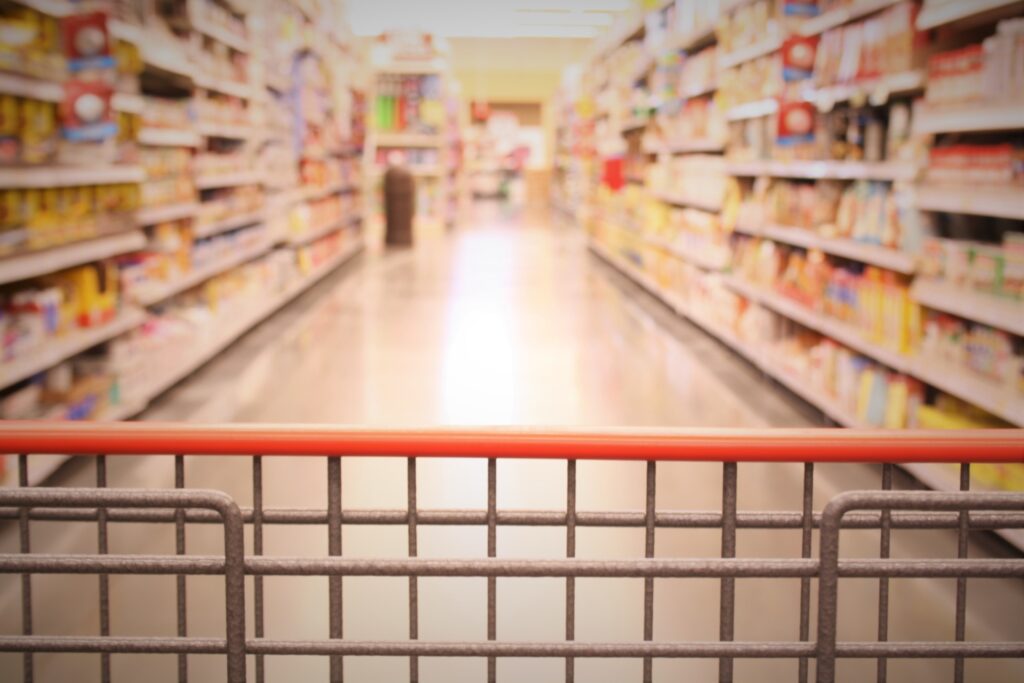For the online grocery business, the pandemic and consequent shutdown have caused an unprecedented amount of growth. Earlier this year, before COVID-19, the online grocery business was well below five percent of total grocery sales; now it appears to be well above ten percent and is steadily heading to 20 percent, Forbes reported.
The profitability in online grocery is substantially different from other sectors of retail. The grocery business has very low profit margins to begin with and if staff members have to deliver to consumers’ homes take the products off the shelves and bring them to the parking lot for customers, then the business loses money.
It is not yet known how to solve the issue of making money in online grocery, but the online grocery explosion has made the question an urgent matter.
Related: How Grocery Stores are Using Robots During COVID-19
Walmart is the clear leader in online grocery and grocery overall, and has invested massively in online. To meet the demand from grocery app downloads, Walmart has hired tens of thousands of employees to shop, pack and delivery customer orders. Walmart facilitates online orders by having staff pick products in its stores and bring groceries out to customers’ cars for pickup or deliver to their homes.
Currently, supermarkets are set up for customers to roam the aisles, make purchasing decisions in-store, pay and be on their way. They are not necessarily conveniently set up for staff to fulfill online orders. Even though Walmart has the capacity and resources to do it, systems built from scratch, rather than running an online grocery business with existing store staff, are more likely to turn a profit. There are three major approaches to the issue that could maximize efficiency.
Automated In-Store Picking
The first approach is automating in-store picking. Alphabot, a robotic grocery-picking system, that Walmart has implemented in a Salem, New Hampshire store, is a perfect example of this approach. Equipped with machine learning and the ability to work up to ten times faster than a staff member, the system requires 20,000 square feet of a supermarket to set up specific shelving for the robotic picking system. While it may not be feasible for smaller grocery stores, the second approach might be a better bet.
Automated Warehouses
Building a completely automated warehouse is the second approach, and it has been strategically used by a UK-based business called Ocado since it was founded in 2000. Maximizing scale and automation is its game plan, with one warehouse boasting over 1,000 robots and the capacity to handle 220,000 orders per week. Today, Ocado is a leader in online grocery with 15 percent of the UK market, and has been valued at over $25 billion.
Flexible Warehouses for Faster Delivery
The last approach — small, adaptable warehouses that facilitate local deliveries of small orders — is demonstrated Fabric, Israeli-based company that builds fulfillment systems in heavily populated areas as well as inside existing stores. While it only offers a focused range of products, Fabric facilitates the pickup or delivery of an order within one hour.
It remains to be seen which one of these approaches will come out on top. Since faster delivery is a priority in the industry, a small, flexible approach may be the best option. A combination of the three, customized to the resources, location and budget of each grocer, will most likely wind up winning.









Join or login to leave a comment
JOIN LOGIN